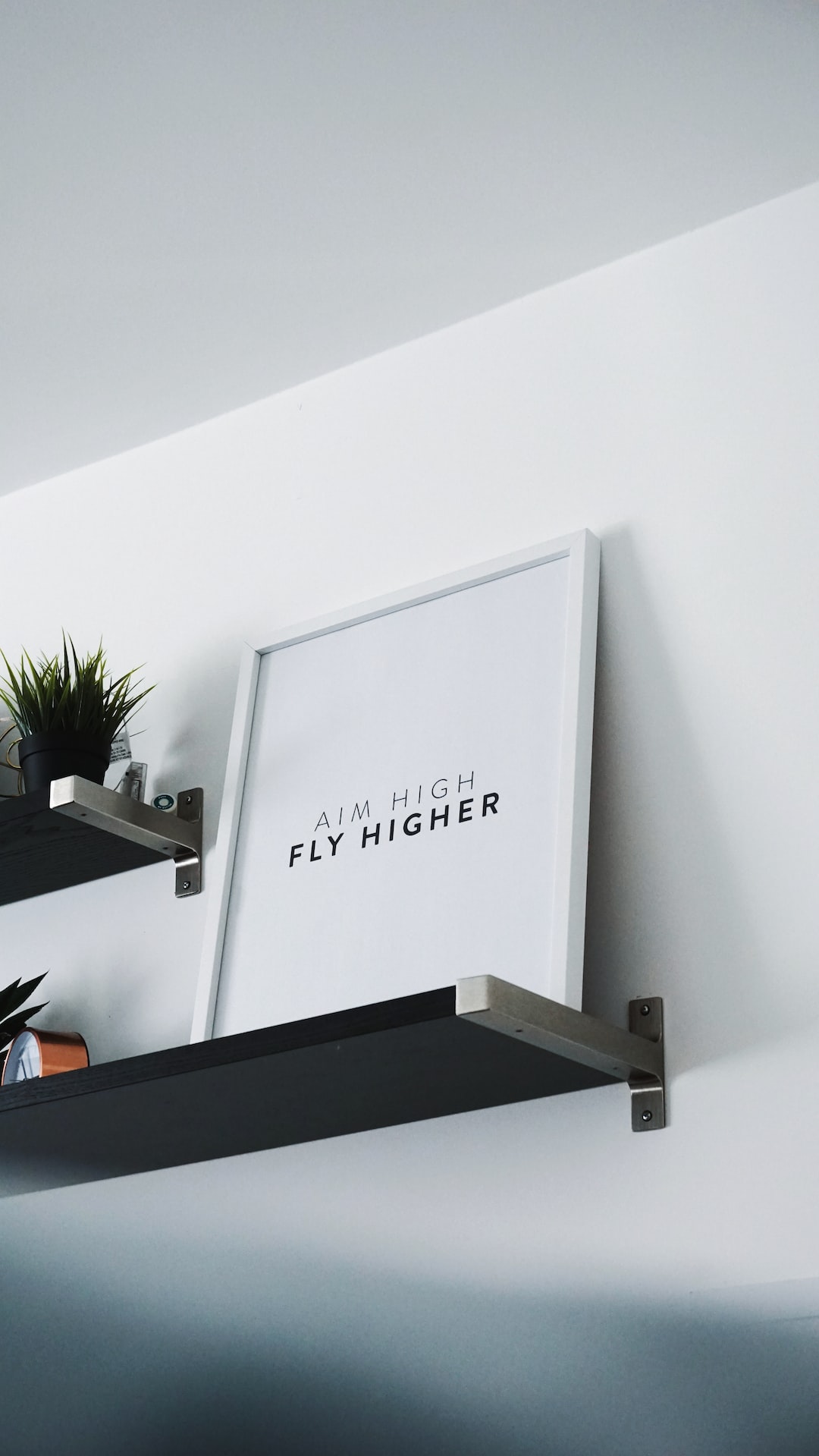Mastering the Balance of Form and Function in Industrial Design
In the world of industrial design, the relationship between form and function is a delicate dance. Designers are constantly striving to create products that are both visually appealing and highly functional. Successful industrial design is about finding the perfect balance between these two elements, where form and function work together seamlessly to create an exceptional product.
Form, in the context of industrial design, refers to the aesthetics and visual appeal of a product. It encompasses the shape, color, texture, and overall appearance of the design. However, form is not just about making something look good; it is also about evoking emotions and creating a connection with the user. When done right, the form can inspire and engage the user on a deeper level, making them feel more connected to the product.
Function, on the other hand, focuses on the practicality and usability of a product. It involves understanding the needs and requirements of the user and designing a solution that fulfills those needs. A functional design is intuitive, efficient, and user-friendly. It prioritizes the user’s comfort and convenience, ensuring that the product performs its intended tasks seamlessly.
While form and function are often seen as opposing forces in design, they are in fact interdependent. A product that excels in form but lacks in function will ultimately fail, as users will not find it useful or convenient to use. Similarly, a purely functional product with no aesthetic appeal may not attract users or create a desirable user experience. Therefore, successful industrial design is all about striking the right balance between form and function.
One approach to achieving this balance is to incorporate form-follows-function principles. This design philosophy, popularized by renowned architect Louis Sullivan, states that the form of a product should be determined by its intended function. By starting with an understanding of how the product will be used and what specific tasks it needs to perform, designers can then create a form that best supports and enhances those functions. This ensures that the design is both visually appealing and highly functional.
Another key consideration in achieving the balance of form and function is the user-centered design approach. This approach involves placing the user at the center of the design process, considering their needs, preferences, and limitations. By conducting user research and testing, designers can gain valuable insights into the users’ behaviors and preferences, which can inform the design decisions. This user-focused approach ensures that the final product is not only visually pleasing but also meets the users’ needs and expectations.
Technology also plays a crucial role in mastering the balance of form and function in industrial design. Advancements in materials, manufacturing processes, and software tools have opened up new possibilities for designers to create innovative and highly functional products. By staying up-to-date with the latest technologies and incorporating them into their design process, designers can push the boundaries of form and function, creating products that are both visually stunning and highly practical.
In conclusion, mastering the balance of form and function is a fundamental aspect of successful industrial design. It requires designers to strike a delicate balance between creating visually appealing designs that evoke emotions and fulfill the user’s desires, while also ensuring that the product is highly functional and user-friendly. By employing design principles such as form-follows-function and adopting a user-centered approach, designers can create products that not only look great but also perform exceptionally, providing users with a remarkable experience. With the advancements in technology, designers have more tools at their disposal to push the boundaries of form and function, leading to the creation of innovative and highly desirable products.

